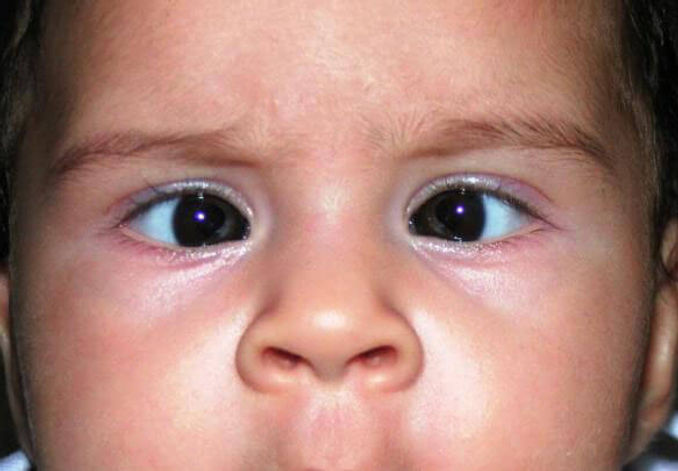SQUINT AND PEDIATRIC OPHTHALMOLOGY
Strabismus also called as Cross Eye or Wall Eye is a condition that interferes with binocular vision because it prevents a person from directing both eyes simultaneously towards the same fixation point; the eyes do not properly align with each other. It is a vision condition in which a person cannot align both eyes simultaneously under normal conditions. One or both of the eyes may turn in, out, up or down.
If you have strabismus, one eye looks directly at the object you are viewing, while the other eye is misaligned inward (esotropia, “crossed eyes” or “cross-eyed”), outward (exotropia or “wall-eyed”), upward (hypertropia) or downward (hypotropia). Strabismus can be constant or intermittent. The misalignment also might always affect the same eye (unilateral strabismus), or the two eyes may take turns being misaligned (alternating strabismus).

Working hours
Monday to Saturday
9 am to 7 pm
Sundays holiday
Contact us:
08172-266321
Pediatric ophthalmology is a sub-specialty of ophthalmology concerned with eye diseases, visual development, and vision care in children. Pediatric ophthalmologists focus on the development of the visual system and the various diseases that disrupt visual development in children. Pediatric ophthalmologists also have expertise in managing the various ocular diseases that affect children. Pediatric ophthalmologists are qualified to perform complex eye surgery as well as to manage children’s eye problems using glasses and medications. Children may not complain if they do not see out of one or both eyes. Sometimes the only clue may be poor performance in school or viewing the blackboard at a very close distance. Hence all children need an eye exam at the time of starting Schooling. Of the eye problems in children, the most important are Refractive Errors, Squint and Amblyopia.


